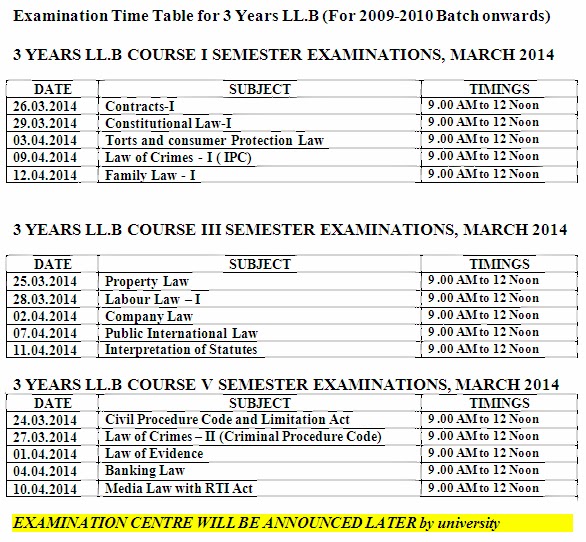Difference between wrongful confinement (IPC Sec. 340) and wrongful restraint (IPC Sec.339)
 As regards difference between the two, wrongful confinements, in the
first place, is a form of wrongful restraint. It is keeping a
man-within limits out of which he wishes to go and has a right to go
while wrongful restraint is keeping a man out of a place where he wishes
to go, and has a right to be.
As regards difference between the two, wrongful confinements, in the
first place, is a form of wrongful restraint. It is keeping a
man-within limits out of which he wishes to go and has a right to go
while wrongful restraint is keeping a man out of a place where he wishes
to go, and has a right to be.
In the second place, in wrongful confinement a person is
restrained from moving beyond a certain area within which he is
confined, but in wrongful restraint he is free to move anywhere other
than to proceed in a particular direction.
In other words, there is full restraint in the former, but only
partial in the latter. And lastly, wrongful confinement is a more
serious offence inasmuch as it prescribes punishment with imprisonment,
simple, or rigorous, extending to one year, or fine up to Rs. 1,000, or
both, while wrongful restraint is























%2Bexams%2Bsep-oct%2B2014.jpg)

%2Bexams%2Bsep-oct%2B2014%2B(before%2B2009-10%2Bbatch).jpg)
.jpg)



















+Fee+Structure.jpg)